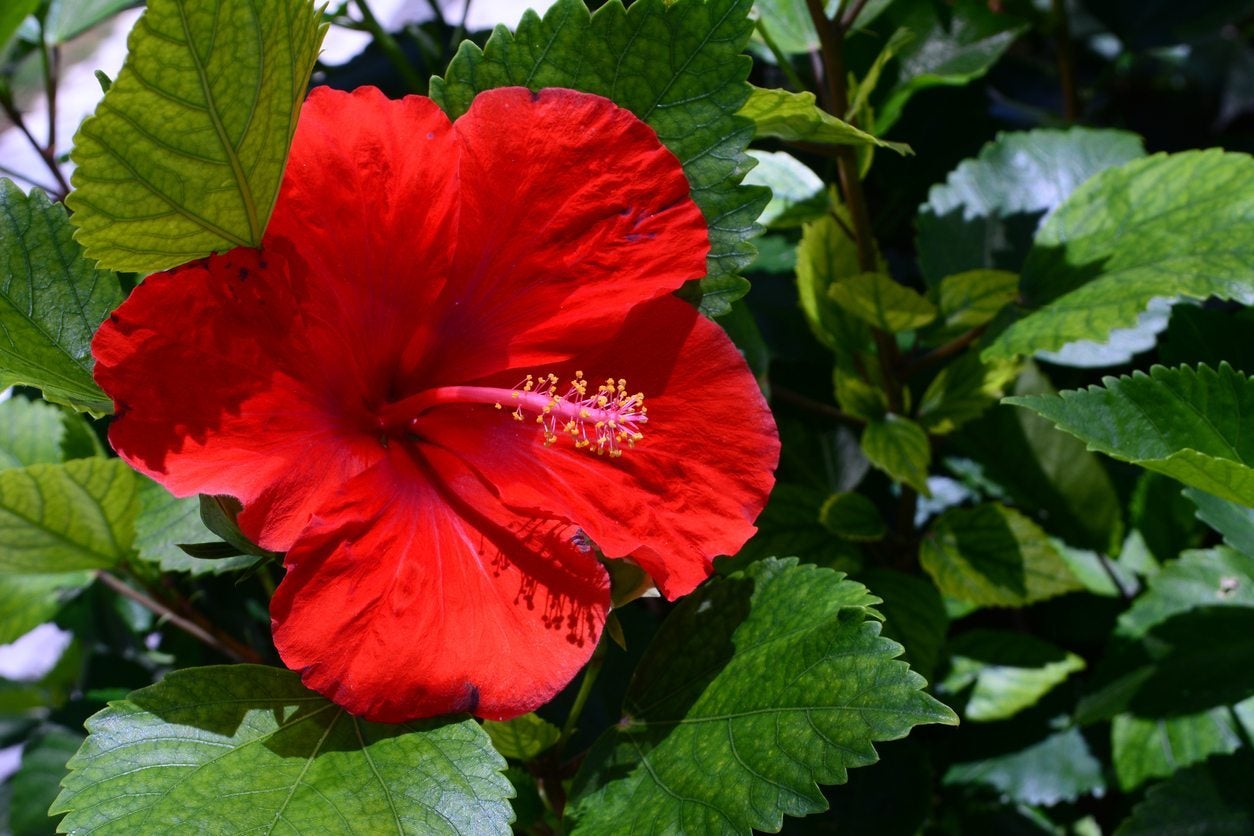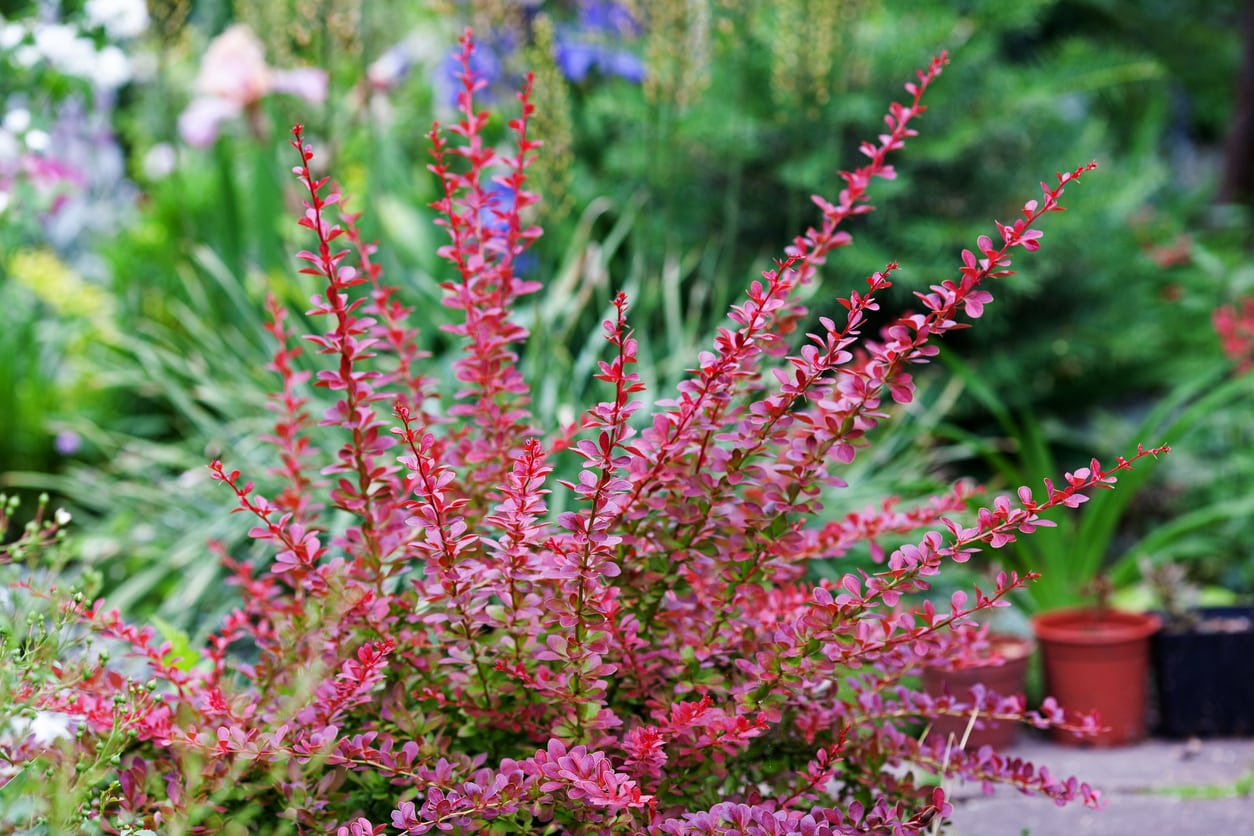Embark on a botanical journey into tropical plants zone 9b, where lush foliage and vibrant blooms flourish in the temperate embrace of this unique climate. From towering palms to delicate orchids, discover the captivating world of tropical plants that bring a touch of paradise to your garden.
In this comprehensive guide, we’ll delve into the specific characteristics and benefits of choosing tropical plants for Zone 9b. We’ll explore a curated list of popular species that thrive in this zone, considering sunlight, soil conditions, and water requirements. Let’s unlock the secrets of creating a vibrant and exotic landscape that will transport you to tropical haven.
Tropical Plants for Zone 9b

Tropical plants add a touch of paradise to the gardens in Zone 9b, known for its warm, humid climate. These plants thrive in the subtropical conditions, offering vibrant colors, lush foliage, and exotic blooms. They bring a sense of tranquility and create a lush, tropical oasis.
Choosing tropical plants for Zone 9b is an excellent way to add beauty and diversity to your outdoor space. These plants are well-suited to the local climate and require minimal maintenance. However, selecting the right species is crucial to ensure their success.
Factors to Consider
When selecting tropical plants for Zone 9b, several factors should be considered to ensure their optimal growth and well-being.
- Sunlight: Tropical plants vary in their sunlight requirements. Some prefer full sun, while others thrive in partial shade or even full shade. It is essential to research the specific needs of each plant before planting.
- Soil conditions: Tropical plants prefer well-drained, fertile soil. The soil should be rich in organic matter and have a slightly acidic pH level. Adding compost or manure to the soil can improve its quality and provide the necessary nutrients for plant growth.
- Water requirements: Tropical plants generally require regular watering, especially during hot, dry periods. However, overwatering can lead to root rot, so it is important to allow the soil to dry out slightly between waterings.
Popular Tropical Plant Species
A wide variety of tropical plants thrive in Zone 9b. Here is a list of some popular species:
- Bougainvillea: Known for its vibrant, papery bracts, bougainvillea is a popular choice for adding a splash of color to the garden. It prefers full sun and well-drained soil.
- Hibiscus: With its large, showy flowers, hibiscus is another favorite for Zone 9b gardens. It comes in various colors, including red, pink, yellow, and orange, and prefers partial shade and moist soil.
- Bird of Paradise: This exotic plant produces stunning, crane-like flowers. It requires full sun and well-drained soil.
- Plumeria: Plumeria is known for its fragrant, waxy flowers. It prefers full sun and well-drained soil.
- Mandevilla: Mandevilla is a vine that produces trumpet-shaped flowers. It prefers partial shade and moist soil.
Landscaping with Tropical Plants in Zone 9b: Tropical Plants Zone 9b

Tropical plants add a touch of paradise to Zone 9b landscapes. Their lush foliage and vibrant blooms create a unique and inviting outdoor space. When landscaping with tropical plants, it’s essential to consider their size, shape, and color to create a cohesive and visually appealing design. Companion planting is also crucial, as certain species can complement each other and enhance their growth and overall appearance.
Creative Ideas and Design Principles, Tropical plants zone 9b
Incorporate tropical plants into your Zone 9b landscape with creativity and design principles. Utilize large-leaved plants like elephant ears and banana trees as focal points, adding height and drama. Create a tropical oasis with lush ferns and palms, providing a shady retreat. Use colorful flowering plants like hibiscus and bougainvillea to add vibrant pops of color.
Sample Landscape Plan
Design a sample landscape plan that showcases a variety of tropical plants, considering their size, shape, and color. Plant a tall palm tree as the centerpiece, surrounded by a mix of ferns, hostas, and colorful annuals. Create a tropical border with elephant ears, hibiscus, and bougainvillea, adding height and interest to the edges of your landscape.
Companion Planting
Companion planting is a crucial aspect of landscaping with tropical plants. Choose complementary species that benefit each other’s growth and visual appeal. For example, ferns and palms can provide shade for shade-loving plants like hostas. Nitrogen-fixing plants like beans and peas can enrich the soil for heavy feeders like hibiscus. By carefully selecting companion plants, you can create a thriving and harmonious tropical landscape.
Care and Maintenance of Tropical Plants in Zone 9b

Maintaining the beauty and vitality of tropical plants in Zone 9b requires proper care and maintenance. This includes addressing specific challenges such as overwintering and protection from pests and diseases.
To ensure the well-being of tropical plants, it is essential to provide optimal watering, fertilization, and pruning practices. Additionally, special considerations must be taken to protect them from extreme weather conditions and potential threats like pests and diseases.
Watering
Tropical plants generally require consistent moisture, but overwatering can lead to root rot. Allow the soil to dry out slightly between waterings and adjust the frequency based on the plant’s specific needs, season, and environmental conditions.
- During the growing season (spring and summer), water deeply and regularly, especially during hot and dry periods.
- Reduce watering in the fall and winter when growth slows down.
- Use rainwater or filtered water to avoid potential issues from chlorine or fluoride in tap water.
Fertilizing
Fertilizing tropical plants promotes healthy growth and flowering. Use a balanced fertilizer specifically formulated for tropical plants.
- Fertilize monthly during the growing season.
- Avoid over-fertilizing, which can damage roots and burn plants.
- Consider using organic fertilizers such as compost or manure for sustained nutrient release.
Pruning
Regular pruning helps maintain the shape and size of tropical plants while encouraging new growth. Prune in the spring or fall to avoid stressing plants during extreme temperatures.
- Remove dead or damaged leaves and stems.
- Trim back overgrown branches to encourage bushier growth.
- Use sharp, clean pruning shears to prevent tearing or disease transmission.
Overwintering
Tropical plants are not cold-hardy and require protection from freezing temperatures. Overwintering techniques vary depending on the plant species and the severity of the winter.
- Bring plants indoors to a bright, warm location.
- Use grow lights to supplement natural light during winter months.
- For larger plants, consider wrapping them in burlap or frost blankets and placing them in a sheltered area.
Pest and Disease Control
Tropical plants are susceptible to various pests and diseases. Regular inspection and prompt treatment are crucial for maintaining plant health.
- Inspect plants regularly for signs of pests, such as aphids, mealybugs, or spider mites.
- Use insecticidal soap or neem oil to control pests.
- Treat fungal diseases with fungicides specifically designed for tropical plants.
Extreme Weather Protection
Tropical plants may be vulnerable to extreme weather conditions such as hurricanes, heavy rains, and drought.
- Secure plants by staking or tying them to supports.
- Provide shade during intense sunlight to prevent sunburn.
- During droughts, water deeply and mulch around plants to retain moisture.
